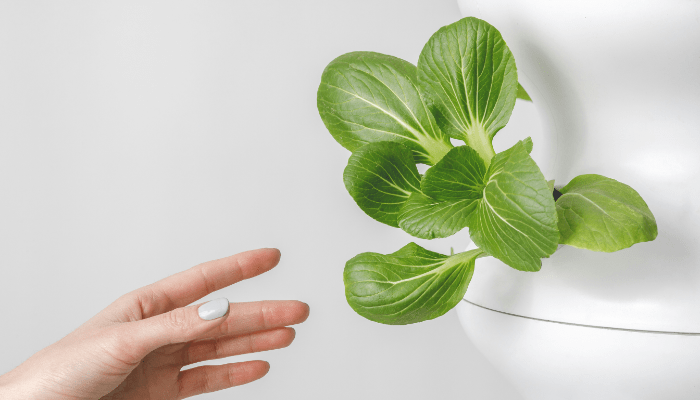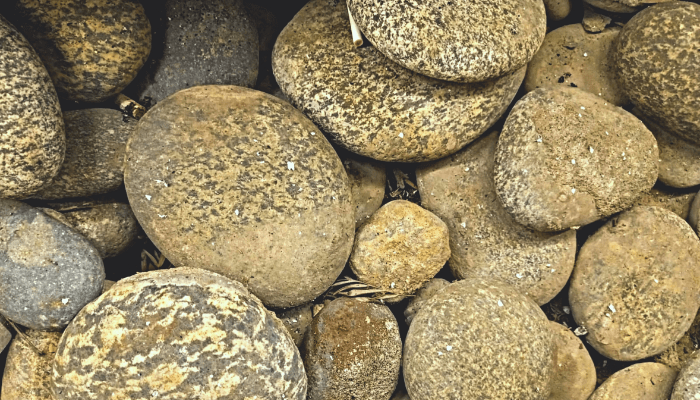Key Takeaways
Hydroponics grows plants without soil, using nutrient-rich water for faster, higher yields.
Systems like Deep Water Culture or Wick setups fit different spaces and budgets.
Leafy greens and herbs are easiest. Some fruits need advanced setups.
Regular checks on water, pH, and nutrients keep plants thriving.
Hydroponics uses less water, less space, and allows year‑round growing.
Starter kits make it simple, and you can scale up with automation and vertical setups.
It’s a sustainable, efficient way to grow fresh food almost anywhere.
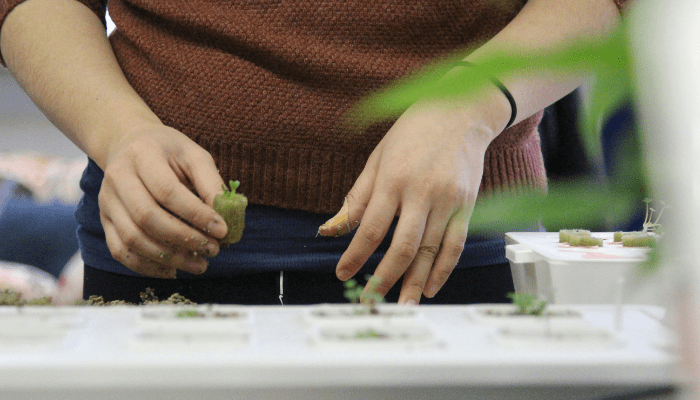
Hydroponics is the future of farming. That’s not a sci-fi tagline, it’s a USDA report.
Here’s the wild part: hydroponic systems can use up to 90% less water than traditional farming. That’s not a typo. It’s a revolution in a bucket of nutrient-rich water. No soil, no back-breaking weeding, no waiting for “perfect” weather. Just pure, controlled, ridiculously efficient plant growth, right on your shelf, balcony, or basement.
If you’re tired of overpriced wilted lettuce at the grocery store or if your backyard garden dreams were crushed by clay soil and squirrels, hydroponics might be your new favorite obsession. It’s not just a trend for hipster startups or NASA experiments. Anyone, yes, even people who kill succulents, can grow thriving, fresh produce at home using hydroponic methods.
And no, you don’t need a PhD or a greenhouse that looks like a Bond villain’s lab. All you need is the right system, a little guidance, and a willingness to experiment.
So let’s get into it. I’ll break down the types, the tools, the techniques, and I promise, no fluff. Just real info for real people who want to grow food in a smarter, cleaner, more futuristic way.
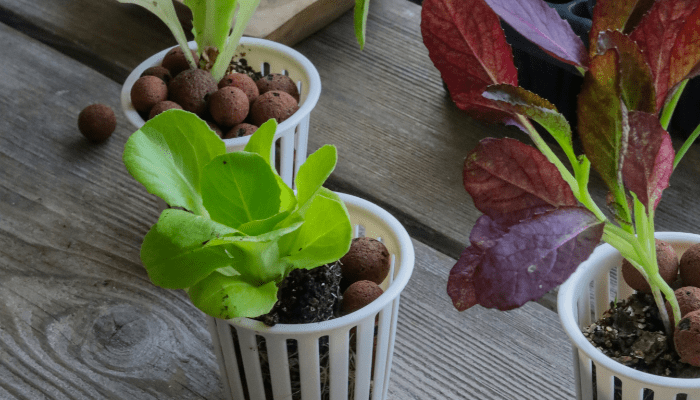
What Is Hydroponic Gardening?
Hydroponic gardening is the art of growing plants without soil. Instead, plants are cultivated in a nutrient-rich water solution that delivers all the essential minerals directly to their roots. This method allows for precise control over nutrient intake, leading to faster growth and higher yields compared to traditional soil gardening.
Imagine bypassing the unpredictability of soil quality and weather conditions. With hydroponics, you can cultivate a thriving garden in your apartment, basement, or even a closet, provided you have the right setup.
How Does Hydroponic Gardening Work?
At its core, hydroponic gardening involves:
- Water/Nutrient Reservoir: A container filled with water mixed with essential nutrients.
- Growing Medium: Inert substances like coconut coir, perlite, or rockwool that support plant roots.
- Air Pump and Air Stones: To oxygenate the nutrient solution, ensuring roots receive adequate oxygen.
- Grow Lights: LED or fluorescent lights that provide the necessary light spectrum for photosynthesis.
The plants’ roots are suspended in or above the nutrient solution, absorbing nutrients and oxygen directly. This setup eliminates the need for soil, reduces water usage, and allows for year-round cultivation.

Types of Hydroponic Systems
Choosing the right hydroponic system depends on your space, budget, and the plants you wish to grow. Here’s a breakdown:
1. Deep Water Culture (DWC)
Plants are suspended in a nutrient-rich solution with their roots submerged. An air pump oxygenates the water, preventing root rot.
Pros: Simple setup, low maintenance.
Cons: Not ideal for large plants.
2. Nutrient Film Technique (NFT)
A thin film of nutrient solution flows over the roots in a sloped channel, providing nutrients and oxygen.
Pros: Efficient use of water and nutrients.
Cons: Requires precise setup to prevent pump failures.
3. Ebb and Flow (Flood and Drain)
The grow tray is periodically flooded with nutrient solution, then drained back into the reservoir.
Pros: Suitable for a variety of plants.
Cons: Requires timers and careful monitoring.
4. Wick System
Nutrients are drawn up to the plants through a wick from the reservoir.
Pros: Simple and passive system.
Cons: Limited to small plants and herbs.
5. Drip System
Nutrient solution is dripped onto the base of each plant.
Pros: Scalable and customizable.
Cons: Emitters can clog over time.
6. Aeroponics
Roots are suspended in air and misted with nutrient solution.
Pros: Maximum oxygen exposure, rapid growth.
Cons: Complex and requires precise control.
Best Plants to Grow Hydroponically
Not all plants are created equal in the world of hydroponics. Here’s a list of plants that thrive in soilless systems:
- Leafy Greens: Lettuce, spinach, kale, and arugula grow rapidly and are beginner-friendly.
- Herbs: Basil, mint, cilantro, and parsley flourish in hydroponic setups.
- Fruits: Strawberries and cherry tomatoes can be grown with more advanced systems.
- Others: Cucumbers, peppers, and beans are possible but may require more space and support.
Avoid root vegetables like carrots and potatoes unless you’re up for a challenge, they’re not typically suited for hydroponic systems.
Setting Up Your First Hydroponic Garden
Embarking on your hydroponic journey? Here’s a step-by-step guide:
- Choose a System: For beginners, the Deep Water Culture or Wick System is recommended due to simplicity.
- Select a Growing Medium: Options include coconut coir, perlite, or rockwool.
- Prepare the Nutrient Solution: Mix water with a hydroponic nutrient solution, ensuring the correct pH (typically between 5.5 and 6.5).
- Install Grow Lights: If natural light is insufficient, use LED grow lights to provide the necessary light spectrum.
- Plant Your Seeds or Seedlings: Place them in net pots with the growing medium.
- Monitor and Maintain: Regularly check pH levels, nutrient concentration, and water levels.
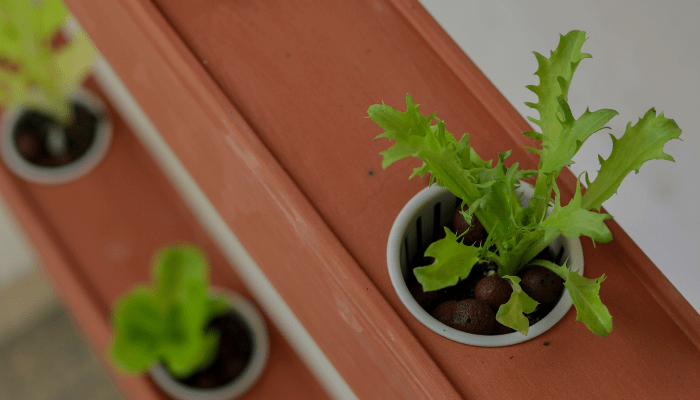
Daily & Weekly Maintenance Tasks
Consistency is key in hydroponic gardening. Here’s what to keep an eye on:
- Daily:
- Check water levels and top off as needed.
- Ensure air pumps and lights are functioning properly.
- Weekly:
- Monitor and adjust pH levels.
- Replace or replenish nutrient solution.
- Inspect plants for signs of pests or disease.
Regular maintenance ensures a healthy and productive hydroponic garden.
Troubleshooting Common Problems
Even with careful monitoring, issues can arise:
- Yellowing Leaves: May indicate nutrient deficiencies or pH imbalances.
- Algae Growth: Caused by light exposure to the nutrient solution; cover reservoirs to block light.
- Root Rot: Results from poor oxygenation; ensure air pumps are working effectively.
- Pest Infestations: Though less common, pests can still invade; inspect plants regularly and act promptly.
Addressing problems early prevents them from escalating and affecting your entire garden.
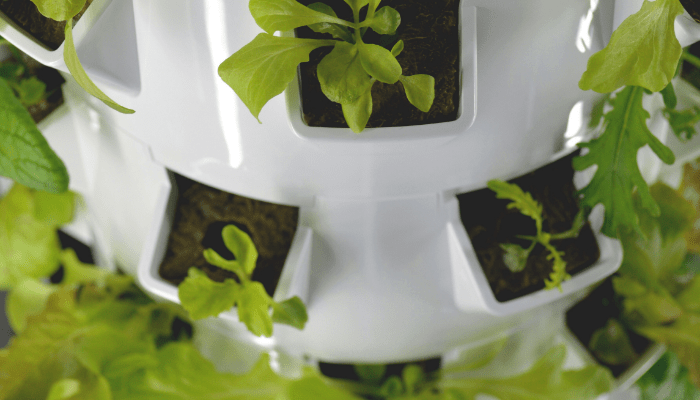
Hydroponics vs. Aquaponics vs. Soil Gardening
Understanding the differences helps in choosing the right method.
- Hydroponics: Soil-free, uses nutrient solutions; offers control and efficiency.
- Aquaponics: Combines hydroponics with aquaculture; fish waste provides nutrients.
- Soil Gardening: Traditional method; relies on soil for nutrients.
Hydroponics offers faster growth and higher yields, while aquaponics adds the complexity of fish care. Soil gardening is more natural but less controlled.
Best Hydroponic Kits for Beginners (2025 Update)
Starting with a kit can simplify the process. Here are top picks:
- AeroGarden Harvest: Compact, user-friendly, and great for herbs.
- Click & Grow Smart Garden 3: Sleek design with automated features.
- iDOO Hydroponics Growing System: Budget-friendly with adjustable lighting.
- Rise Gardens Personal Garden: Modular and scalable for larger setups.
These kits come with everything needed to start, making them ideal for beginners.
Environmental Impact and Sustainability
Hydroponic gardening is not just efficient but also environmentally friendly.
- Water Conservation: Uses up to 90% less water than traditional gardening.
- Space Efficiency: Vertical systems maximize yield per square foot.
- Reduced Pesticide Use: Controlled environments minimize pest issues.
- Year-Round Growing: Indoor setups allow for continuous cultivation.
By adopting hydroponics, you’re contributing to a more sustainable and food-secure future.

Advanced Tips and Scaling Up
Ready to take your hydroponic garden to the next level?
- Automation: Incorporate timers, sensors, and controllers for precision.
- Vertical Farming: Stack systems to increase yield without expanding footprint.
- Custom Nutrient Blends: Tailor nutrient solutions to specific plant needs.
- Integration with Smart Home Systems: Monitor and control your garden remotely.
Scaling up requires investment and planning but can lead to impressive results.
Resources and Communities
Connect with fellow hydroponic enthusiasts:
- Online Forums: Reddit’s r/hydroponics and gardening communities.
- Local Workshops: Check community centers or agricultural extensions.
- Books and Guides: Numerous publications offer in-depth knowledge.
- Social Media Groups: Facebook and Instagram have active hydroponic communities.
Engaging with others can provide support, inspiration, and troubleshooting advice.
Conclusion
Hydroponic gardening isn’t just a clever science trick, it’s a real solution to real problems.
From rising grocery bills to water shortages to limited growing space, this method checks every box. It’s scalable. It’s sustainable. And it works whether you’re in a studio apartment or running a small farm.
Start small. Lettuce and basil are always good test subjects. They’re fast, forgiving, and surprisingly smug when they thrive without dirt. Learn how your system behaves. Tweak the pH. Watch the roots. Grow with it. Literally.
Because here’s the thing: once you see your first harvest, grown without a speck of soil, in a setup you built yourself, you’ll get it. You’ll realize this isn’t just gardening. It’s engineering. It’s sustainability. It’s a game-changer.
So go grab a bucket, a pump, and a handful of seedlings. The future of food is here, and it starts on your shelf.
Interested in rain gardens too?
Grow smarter with less space, water, and waste.
At Oásis Biosistema, we help you create regenerative systems whether it’s a rain garden, a natural pool, or a custom backyard regardless of your size.
FAQ
What are the 5 disadvantages of hydroponics?
The five main disadvantages of hydroponics are: high initial setup cost, constant monitoring requirements, dependence on electricity, risk of waterborne diseases, and technical complexity. While hydroponics offers efficient growth, these challenges can make it less ideal for beginners without proper planning or resources.
What plants can be grown hydroponically?
Many plants thrive in hydroponics, including leafy greens like lettuce, spinach, and kale; herbs such as basil, mint, and cilantro; and fruiting plants like tomatoes, strawberries, and peppers. Root vegetables are harder to grow hydroponically but not impossible with advanced systems.
How to start hydroponics gardening?
To start hydroponics gardening, choose a system (e.g., NFT, DWC, or wick), select easy-to-grow plants, and use nutrient-rich water. You’ll need containers, a grow light if indoors, and a pH meter. Begin small, monitor regularly, and adjust nutrients for healthy plant growth.
What is the main problem in hydroponics?
The main problem in hydroponics is system failure due to power outages or pump malfunctions. Without water circulation, roots can dry out quickly. Maintaining water quality and nutrient balance is also critical to prevent plant stress, diseases, and reduced yields.

